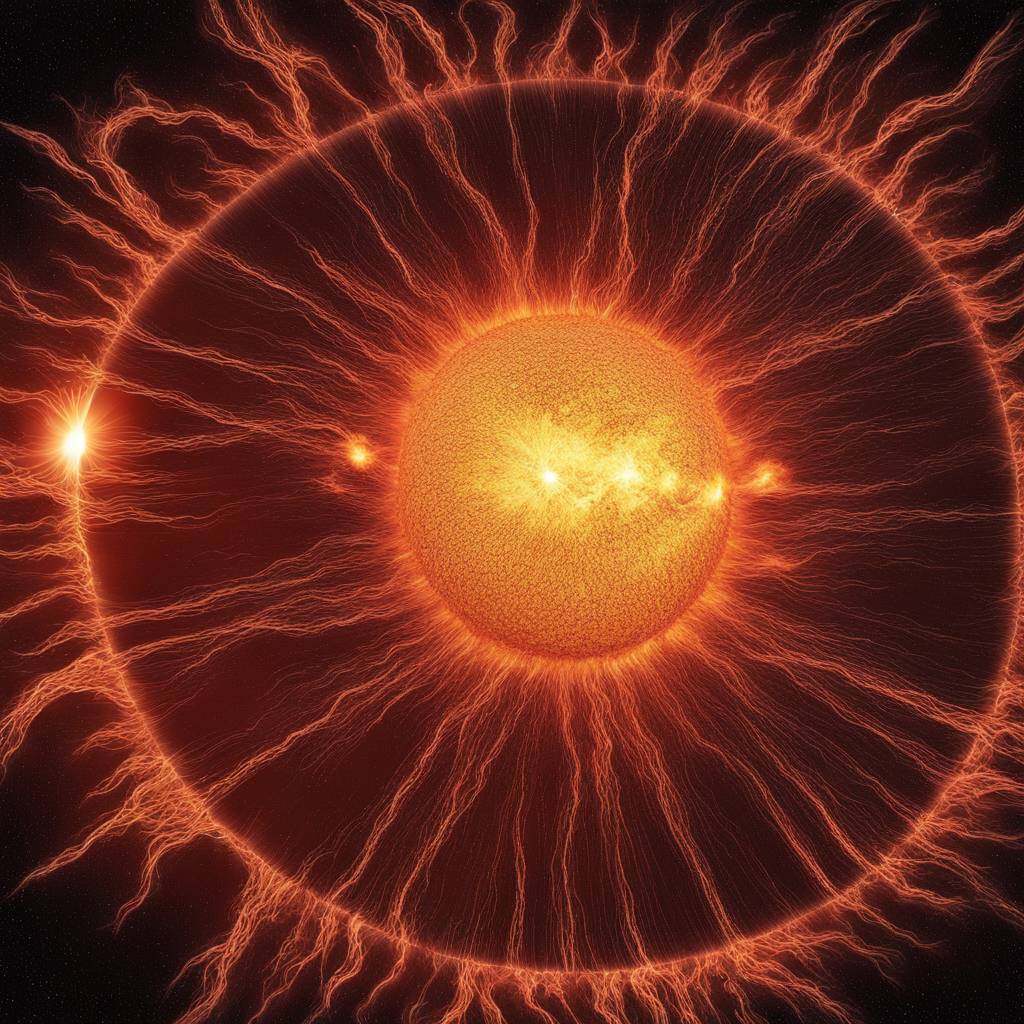April 8 will mark the occurrence of a total solar eclipse, a rare astronomical event that will engulf several states in darkness for a few hours. Solar physicists predict that spectators may witness unique phenomena during this eclipse, including bursts of plasma erupting from the sun and dark pink-hued loops known as “prominences.” The last total solar eclipse in the U.S. occurred in 2017, making the forthcoming event particularly special as the next total eclipse is not expected until August 2044. This eclipse is also anticipated to coincide with the peak of a solar maximum, a period of heightened solar activity leading to increased space weather phenomena such as coronal mass ejections and solar flares.
The path of totality for the April 8 eclipse will begin in Mexico and traverse through several states including Texas, Oklahoma, Arkansas, Missouri, Illinois, Indiana, Ohio, New York, Pennsylvania, Vermont, New Hampshire, and Maine before heading over the North Atlantic. Spectators in locations such as Dallas and Cleveland are encouraged to view the eclipse, weather permitting. The duration of totality will vary by location, lasting between two to four-and-a-half minutes, offering a unique opportunity to observe heightened solar activity such as solar flares or coronal mass ejections, usually invisible due to the sun’s brightness. Solar physicist Scott McIntosh anticipates that the period of heightened solar activity during this eclipse will make for an unforgettable audio-visual experience.
McIntosh describes the eclipse as an otherworldly experience, where the corona of the sun shimmers in various colors as day transitions into twilight and back again. The plasma visible during totality is a million times fainter than the sun’s disk, requiring the moon to block out the brightness for observation. While the chances of witnessing a coronal mass ejection during totality are slim, spectators are encouraged to pay attention to the shape of the sun’s corona, which may appear spikey due to increased solar activity. McIntosh advises wearing eye protection before and after totality, but removing glasses during the eclipse can provide a better view of the glowing orb. Those outside the path of totality should continue to wear eye protection to avoid damage.
NASA and the U.S. National Center for Atmospheric Research are among the organizations closely monitoring the upcoming solar eclipse and its potential impact on space weather. The period of a solar maximum is characterized by the sun’s heightened activity, including frequent coronal mass ejections and increased geomagnetic storms. Bryan Brasher, Project Manager at the Space Weather Prediction Center, explains that during a solar maximum, the sun releases massive magnetized plasma from its outer atmosphere, leading to fascinating space weather phenomena such as spectacular auroras. The convergence of the eclipse with the peak of a solar maximum presents a rare opportunity for spectators to observe unique solar activity.
The forthcoming total solar eclipse on April 8 is expected to captivate spectators with its display of unique solar phenomena and heightened solar activity. The event provides an opportunity for researchers and space weather forecasters to study the sun’s behavior during a solar maximum, a peak period of solar activity. Spectators in the path of totality have a chance to witness the sun’s eruptions and explosions, as well as the mesmerizing shimmer of the corona during totality. This once-in-a-lifetime celestial event promises to be an unforgettable experience for those fortunate enough to witness it.








